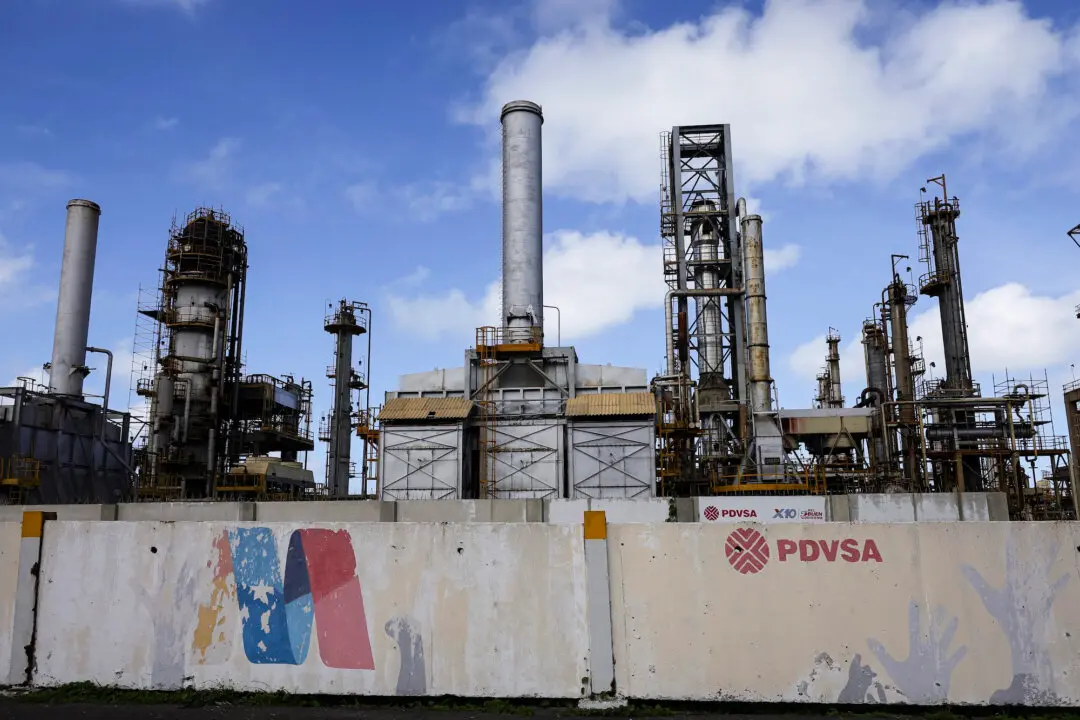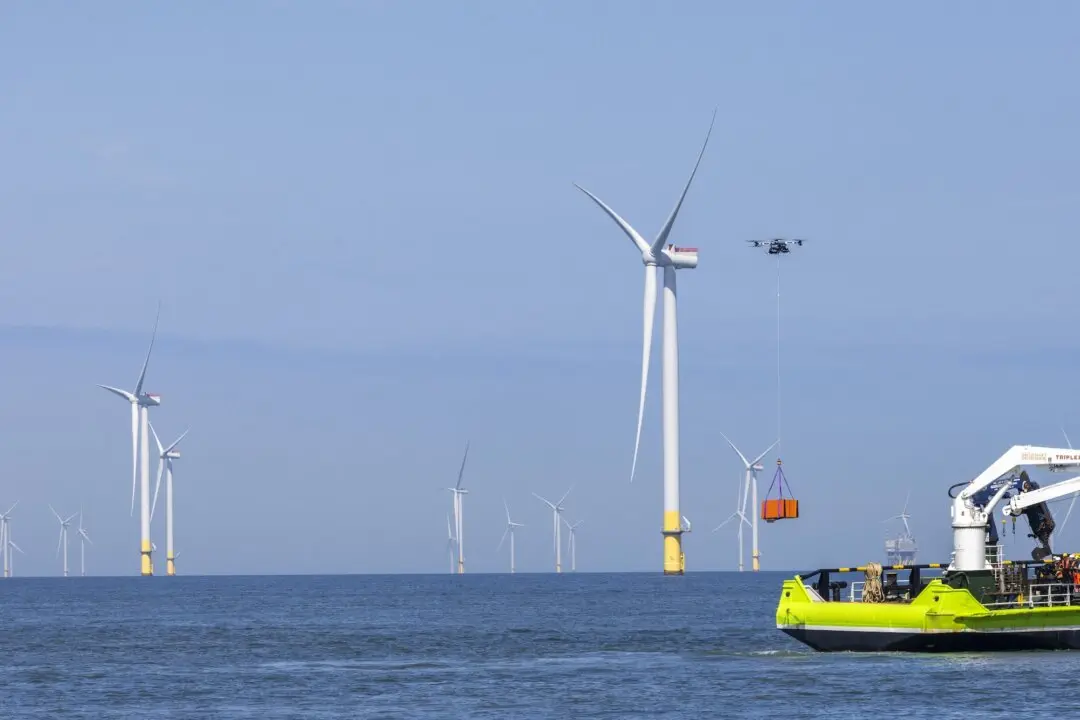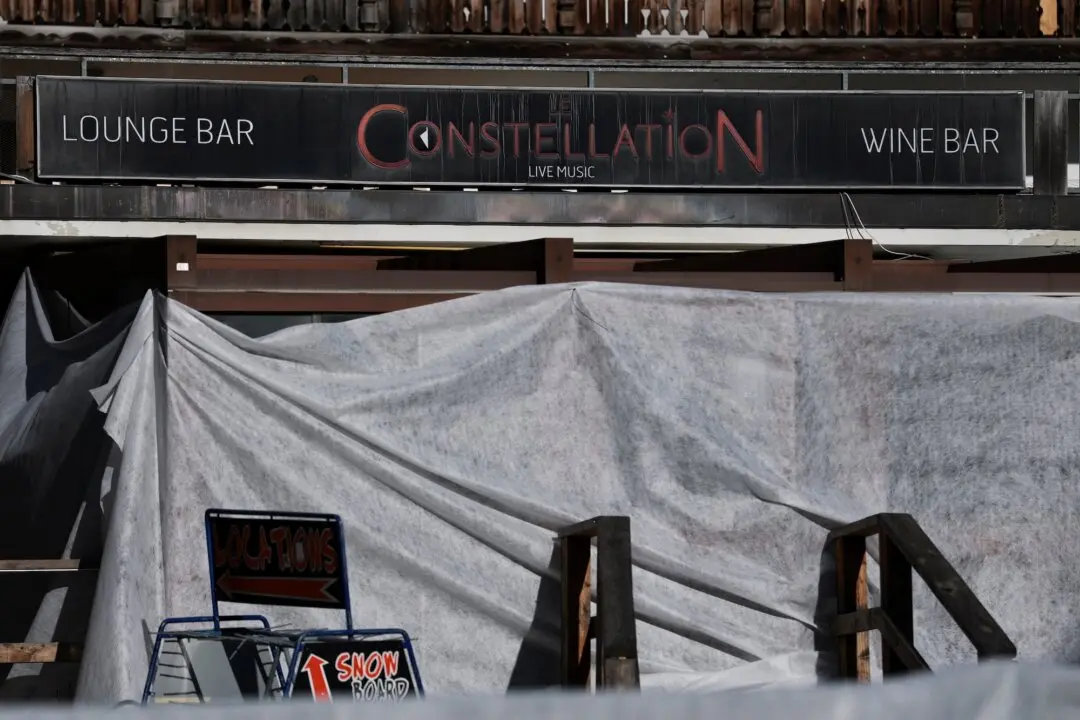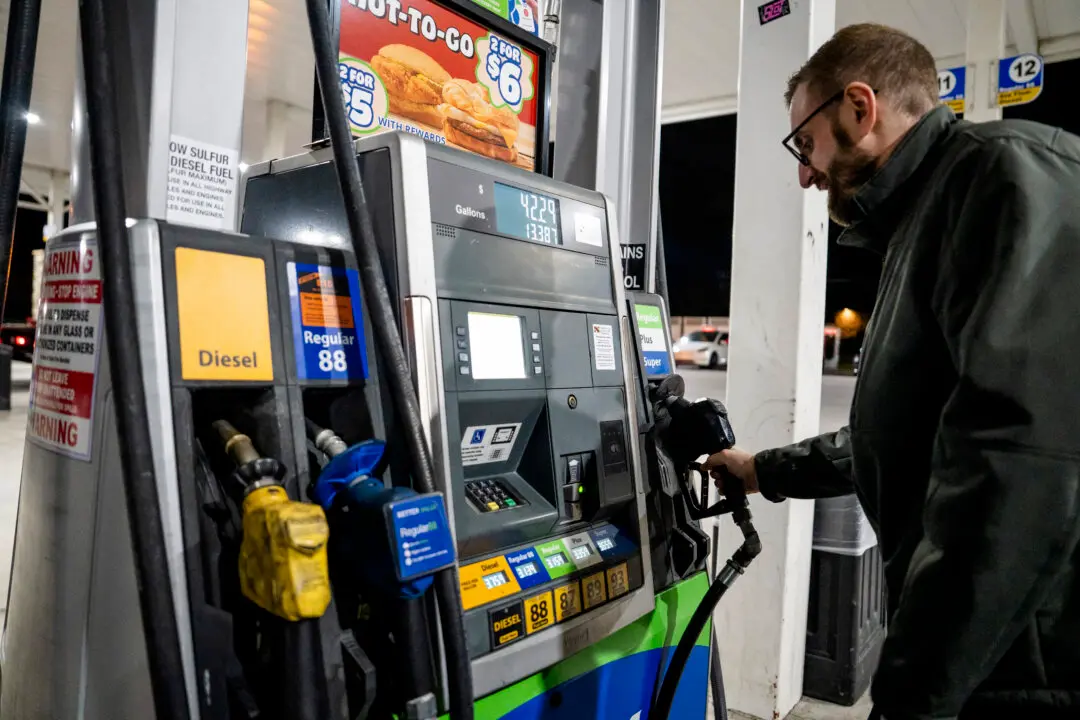The collapse of Silicon Valley Bank and Signature Bank has sent a shock wave across markets while sharply bolstering investor expectations that the Federal Reserve will ease up on the pace of its rate hikes—or stop raising interest rates entirely.
A week ago, before Silicon Valley Bank (SVB) became a household name as regulators ordered it shut and the Federal Deposit Insurance Corporation (FDIC) rushed in and vowed not to let depositors lose any money in the collapse, markets were expecting a zero percent chance that the Federal Reserve would leave rates unchanged at its upcoming policy meeting.





